On July 25, the Korea Aerospace Research Institute (KARI) announced that it had signed a contract to transfer Nuri space launch vehicle (KSLV-II) technology to Hanwha Aerospace, a subsidiary of Hanwha Group - one of the largest Korean conglomerates (chaebol), operating in many fields such as defense, energy, finance and aerospace.
This is the first time that the entire technology of a domestically designed and manufactured rocket in Korea has been transferred to a private company.
As such, Hanwha Aerospace now holds the rights to build and launch Nuri, marking a major step in South Korea's transition to a private-led space industry.
The technology transfer fee is set at 20.4 billion won ($14.8 million), which corresponds to the research and development costs invested in Nuri, the report said.
The agreement covers all key technologies related to design, manufacturing and launch operations, with 16,050 technical documents delivered.
The Nuri space rocket was developed by South Korea from 2010 to 2022 with a budget of about 2,000 billion won.
In May 2023, with the successful launch of a satellite into orbit in the third Nuri launch, South Korea became one of seven countries capable of launching satellites weighing over 1 ton.
More than 300 domestic aerospace companies were involved in the production of Nuri, with a domestic component ratio of 95%.
The Korean government selected Hanwha Aerospace as the system integrator to manage all stages from production to operation.
The goal is to build a “Korean SpaceX,” similar to how NASA transferred technology to SpaceX to lead privately funded space development.
Although Hanwha was selected as the preferred contractor in October 2022, the technology transfer was delayed due to disagreements over costs. After nearly three years, the transfer contract was completed.
Since South Korea's first scientific rocket launch in 1993, the government has been pushing for space research development for more than 30 years.
Companies such as Hanwha Aerospace will now take charge of mass production, launches and maintenance, a South Korean government official said.
Experts say the technology transfer signals a shift from government-led research and development (R&D) to private-sector industrialization, enabling private companies to develop independent capabilities in rocket manufacturing and launch operations. Growth in the space industry will be driven by the private sector.
Hanwha Aerospace CEO Son Jae Il appreciated KARI's persistent research efforts and pledged that with this acquisition, Hanwha Group will continue to improve Nuri's technology and cost efficiency to prepare for commercial launch services.
However, experts say there are still many challenges ahead. Nuri's launch cost is about $24,000/kg, about 10 times higher than SpaceX's Falcon 9, which costs about $2,000-3,000/kg.
The Nuri can carry 3,300kg to low Earth orbit, while the Falcon 9 can carry 17,500kg. The Falcon 9 uses a reusable first stage, which saves costs, while the Nuri is a single-use rocket.
The space industry stressed the need to increase the number of commercial launches to maintain Korea's space ecosystem.
Without further production after the fourth to sixth Nuri launches scheduled for 2027, many parts suppliers have expressed concern about a potential shortage of orders after those missions.
An industry expert said that South Korea's private space industry is just getting started. Maintaining and developing the ecosystem built around Nuri will require government support, especially for satellite launches./.
Source: https://www.vietnamplus.vn/han-quoc-chuyen-giao-cong-nghe-ten-lua-vu-tru-nuri-cho-cong-ty-tu-nhan-post1051948.vnp


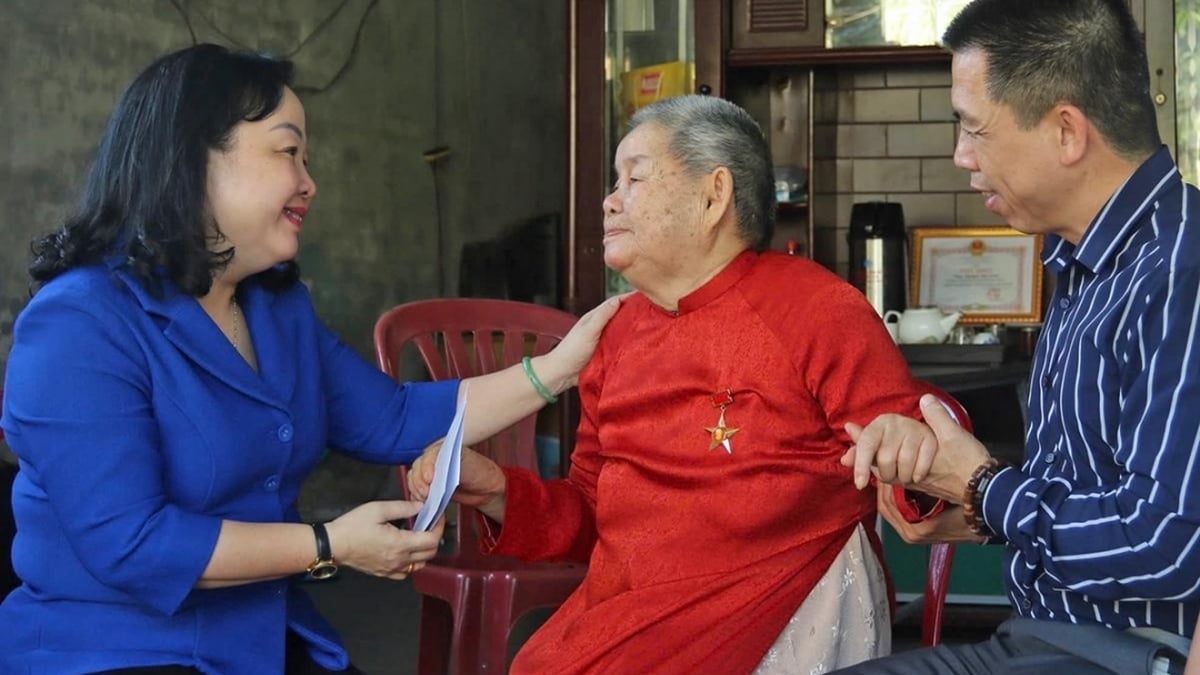

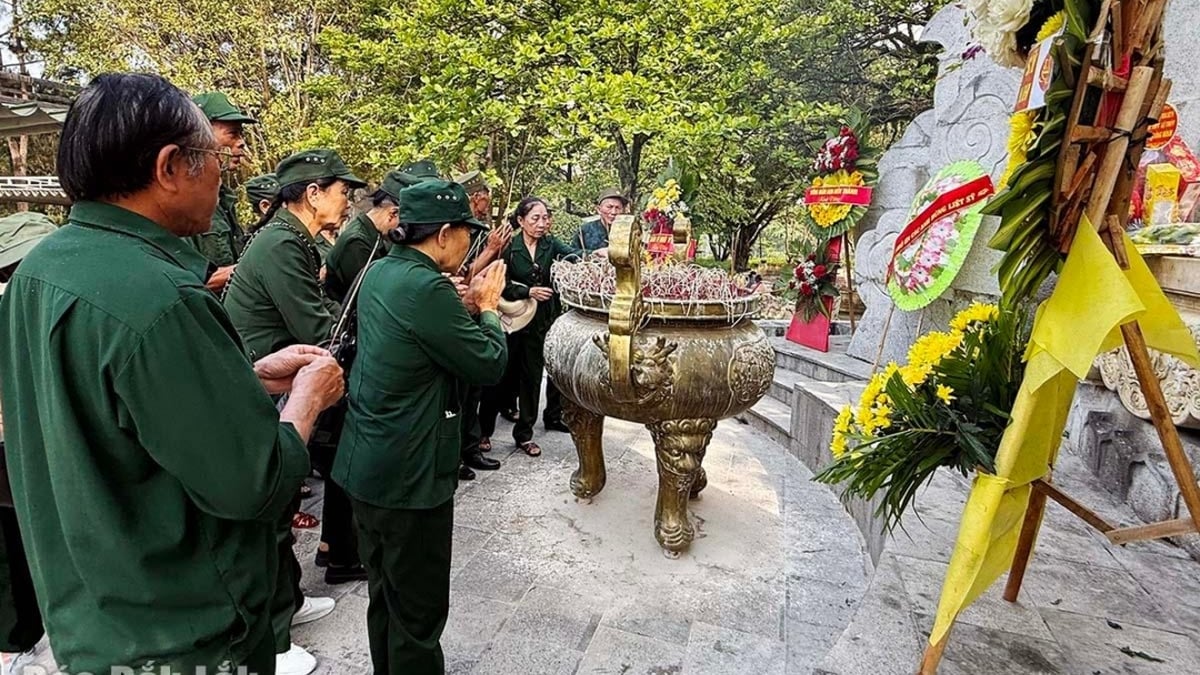
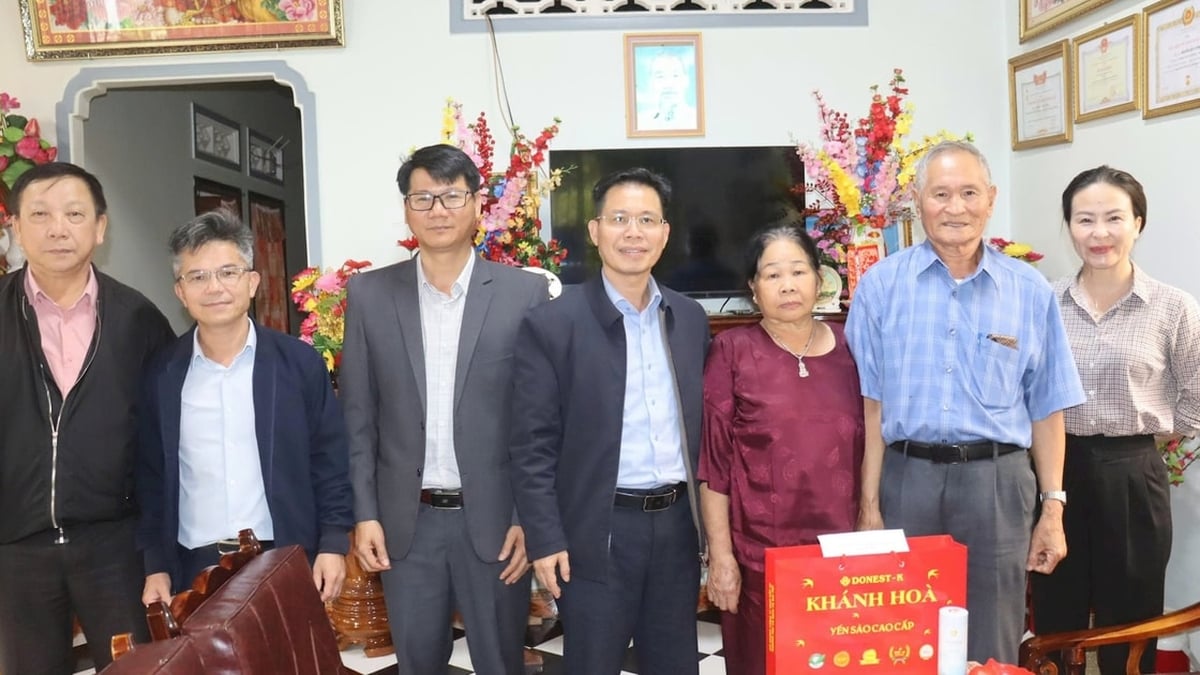
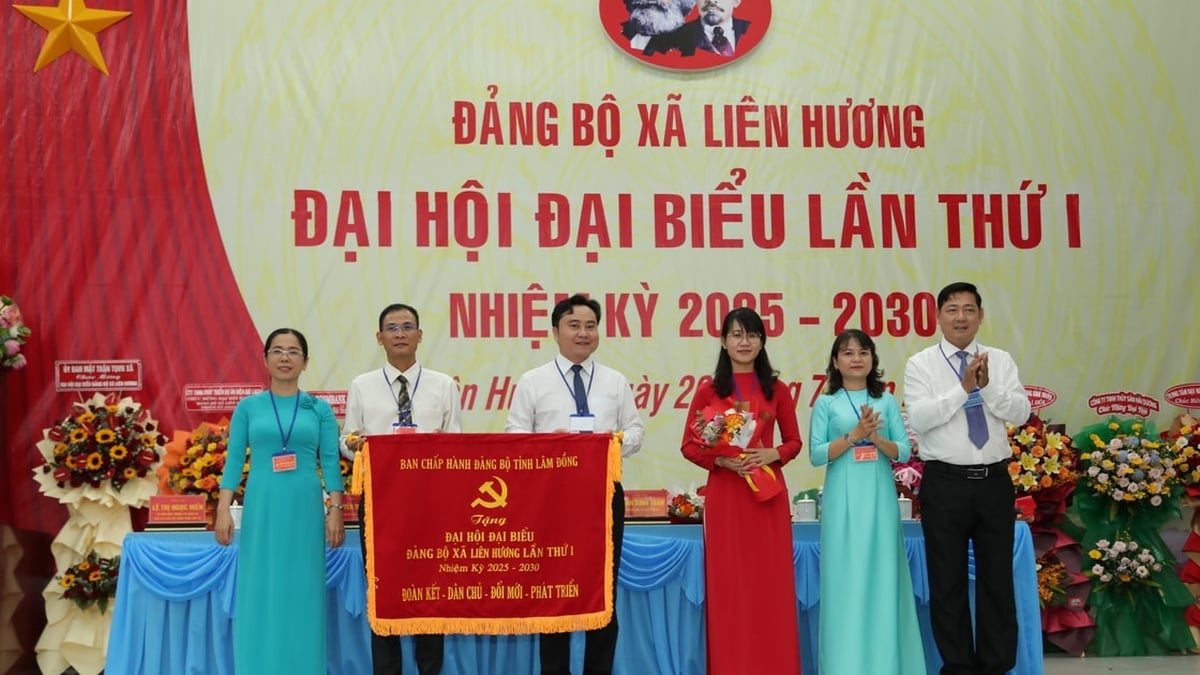

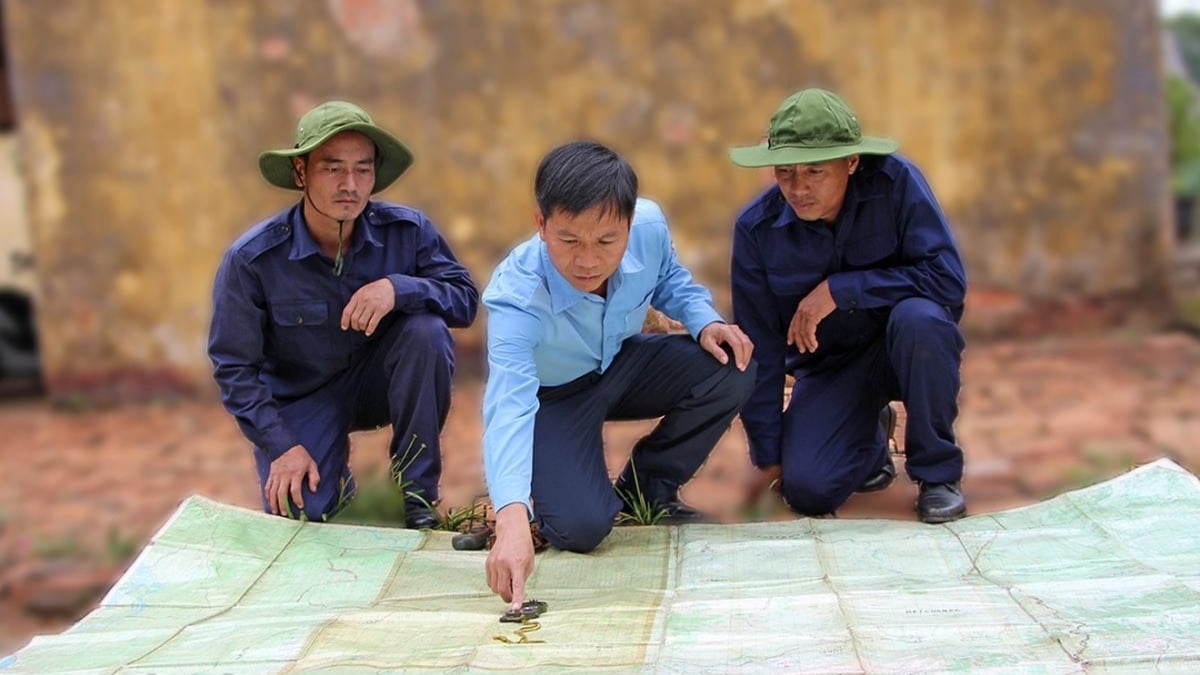

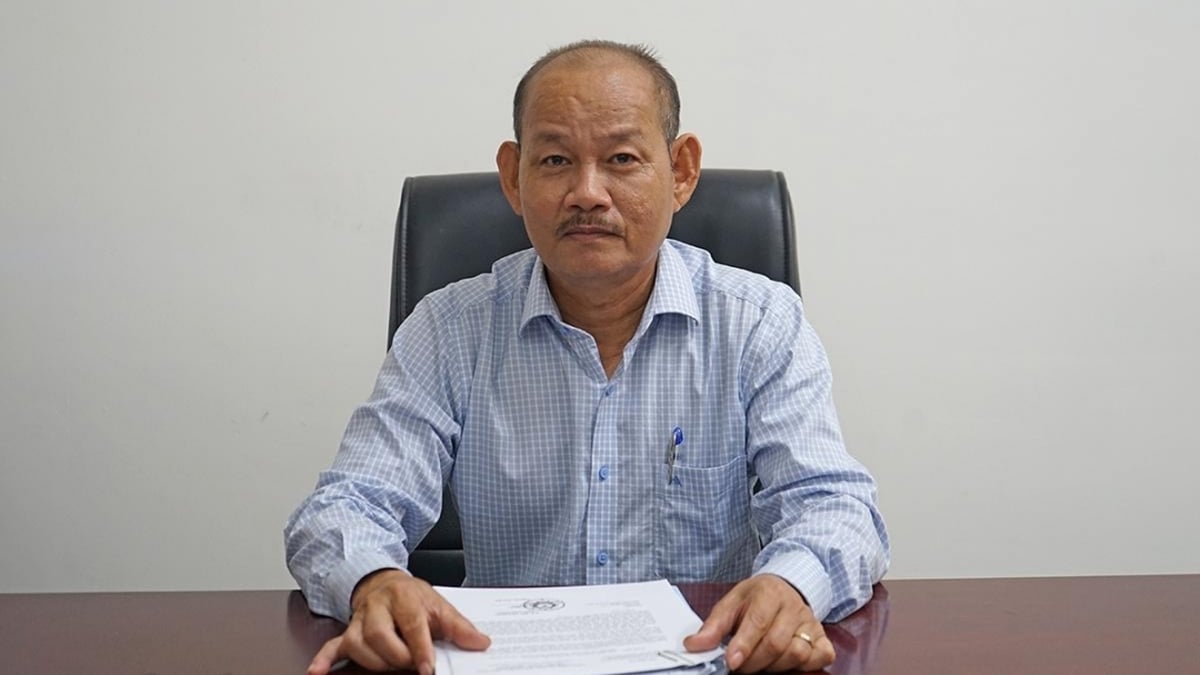
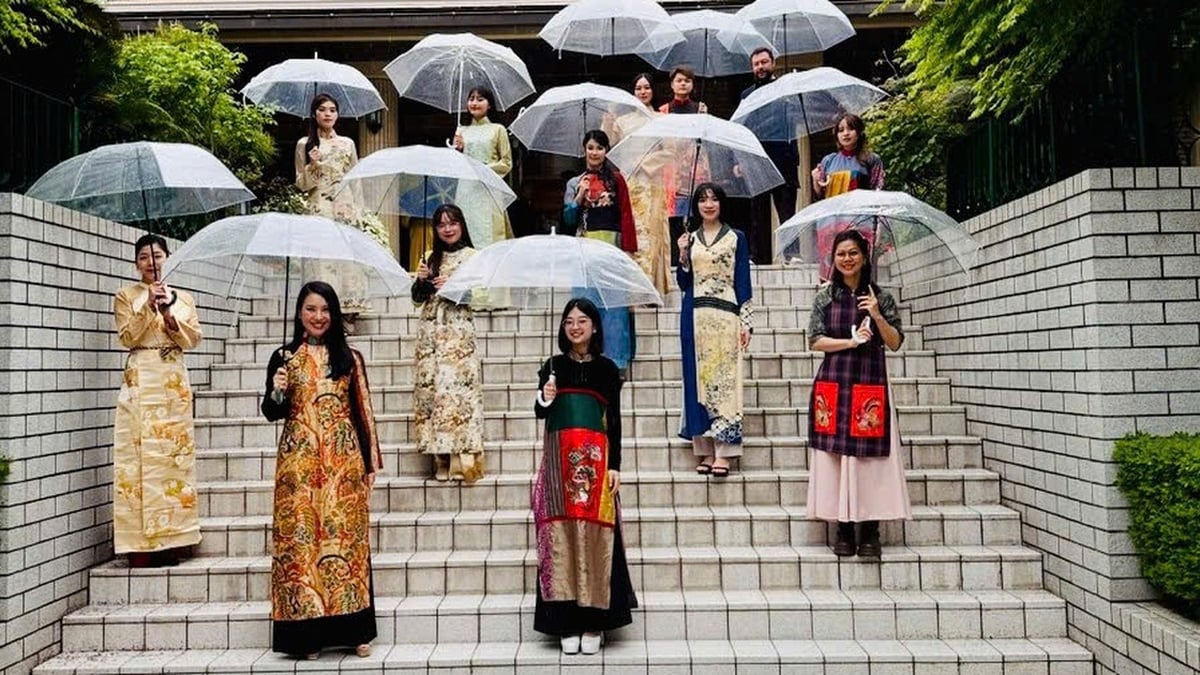























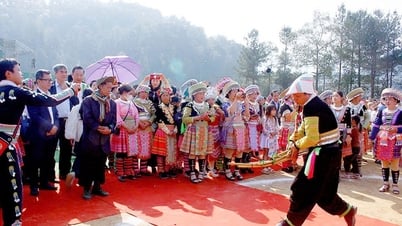



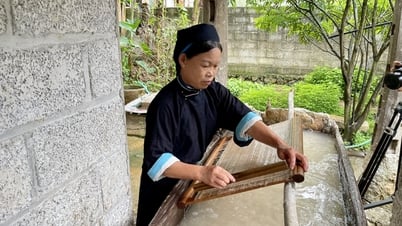

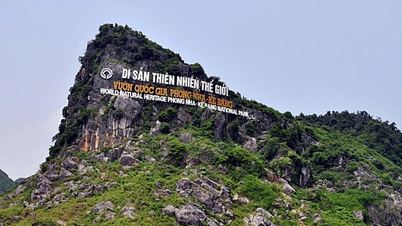

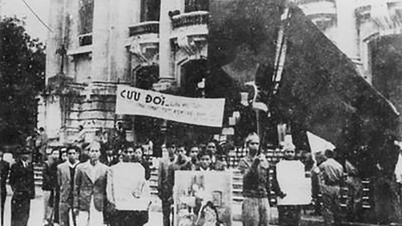



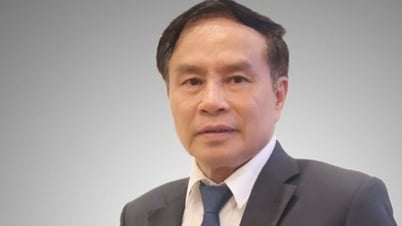





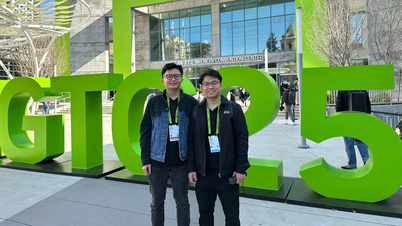












![[Photo] National Assembly Chairman Tran Thanh Man receives Chairman of Morocco-Vietnam Friendship Association](https://vphoto.vietnam.vn/thumb/402x226/vietnam/resource/IMAGE/2025/7/26/b5fb486562044db9a5e95efb6dc6a263)


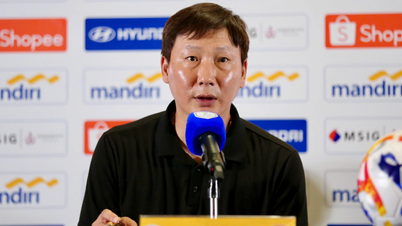
































Comment (0)